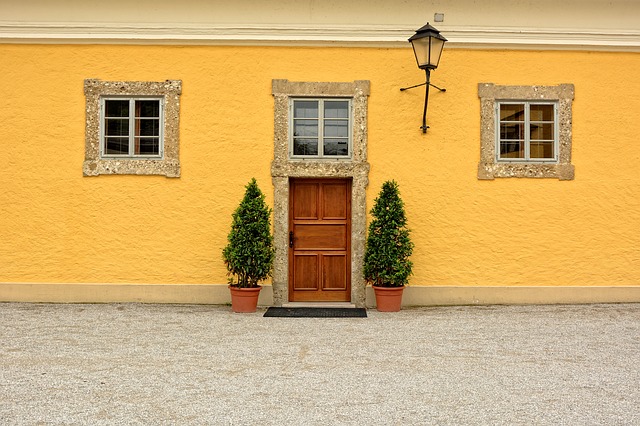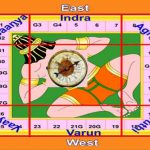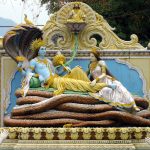Vastu Shastra is the Indian study of Architecture. In India, since ancient times, architects and builders used these principles to build everything from temples to cities to houses.
What is Vastu Shastra?
From the root word Vas, to reside, comes the word Vastu, pertaining to a site, building, ground, etc. Shastra means rules or doctrine. So, Vastu Shastra means the Doctrine of Building or Architecture.
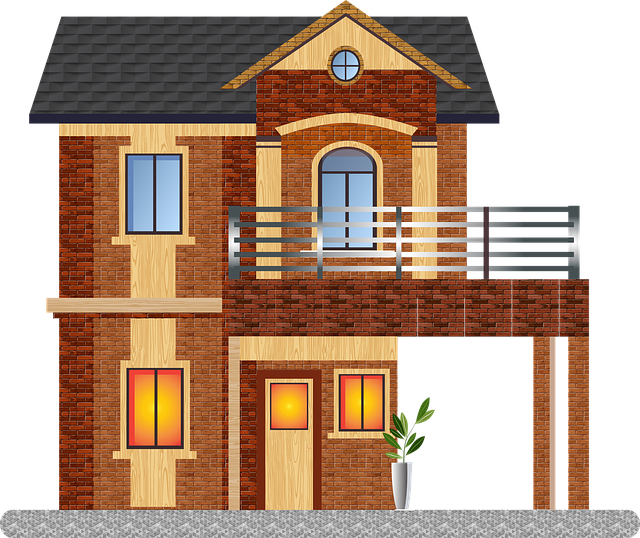
It is part of the broader system of Vastu Vidya. Vastu Shastra is the textual part of this broader knowledge. The Study of Vastu Shastra deals with the optimal use of space and constructing a building that is harmonious with nature. It integrates the principle of the five basic elements of nature. Further, this study provides guidelines on the ideal locations for the different functional areas of a building. This brings the structure in alignment with the elements and facilitates a smooth flow of natural energies.
Varahmihira’s Brihat Samhita contains architectural design principles that use the Vastu Purusha Mandal framework. These were used in all Hindu temples. They provide a framework for architecture, but they are not strict rules. They can be adapted to many types of designs.
Many Vastu Shastra treatises also contained rules for home construction. In fact, these ideas were laid out for everything from city planning to road construction. They applied to temples, public facilities, houses, and so on.
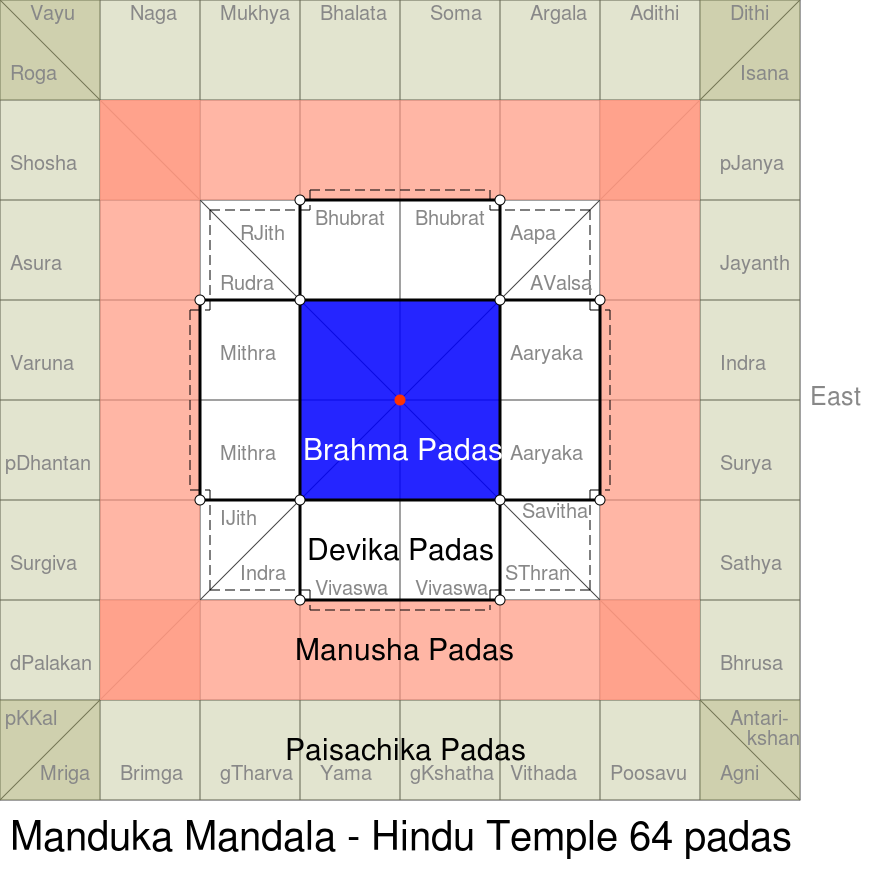
The Principles of Vastu Shastra
The study of Vastu Shastra integrated principles of architecture, astronomy, and art. It intends to bring building construction theories in tune with nature. For instance, since the Earth spins from west to east, Vastu Shastra recommends a slightly tapering design. Buildings have to be higher on the west and lower in the east.
In Vastu Shastra, specific elements rule specific areas. So, each space has to be utilized in accordance with these rules. As an example, place your kitchen in the area ruled by Agni or fire, not in the space ruled by water. Vastu Shastra also tracks the movement of the sun throughout the day and plans to make the best use of sunlight for various times and tasks.

Tracking the Sun’s Movement
In Vastu Shastra, as stated before, different deities rule different directions.
In The Morning
The North-East direction is ruled by Brahman, the Supreme Force, God. The Sun is in this region in the predawn period or the Brahma Muhurta, an auspicious time. This direction called the Ishan is, therefore, best suited for the Puja room.

The East is the direction of Sunrise. So here, Vastu Shastra suggests the placement of a living room, children’s bedroom, guest bedroom, puja room, study room or bathroom without toilet. The Southeast is the sun’s position between 9 am to 12 pm. An ideal place for a kitchen, or office.
The Afternoon Hours
The South, where the sun is present from 12 pm to 3 pm is also ideal for an office room, staircase, storeroom, etc. As the sun is at its peak during this time, with intense heat, this is also a good place for a bathroom with a toilet.

After 3 pm, you begin to relax a bit and this is when the sun is in the south-west direction. Here, you can have your master bedroom or a staircase.
The Night Hours
When the sun moves to the west and sets, it is a time to rest, the time for evening puja, for having your evening meal, to study, etc. So Vastu Shastra suggests you can have your dining room, your puja room, children’s room, or a study in this region.
The time the sun is in the northwest direction is the time you go to sleep, so it is the region for a bedroom. You can also place your living room here. The time of the Northwest direction is deep into the night, a time of secrecy. So, here you can also place your cash room or vault.
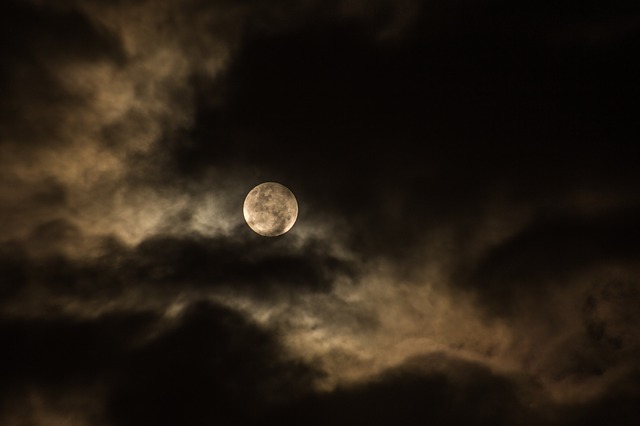
While considering directions, you should also keep in mind the deities that rule each region. So for instance, locate your bathroom in the space assigned to water, your kitchen in the space ruled by Agni or fire and so on. You can get Vastu charts for different types of structures like house, shop, etc and construct the building according to the guidelines given for each.
Designing and constructing a structure in keeping with the guidelines of Vastu Shastra not only results in a building that is aesthetically pleasing, but it also makes the best use of air, light, and space. It also eliminates negative energy while enhancing positive energy.




